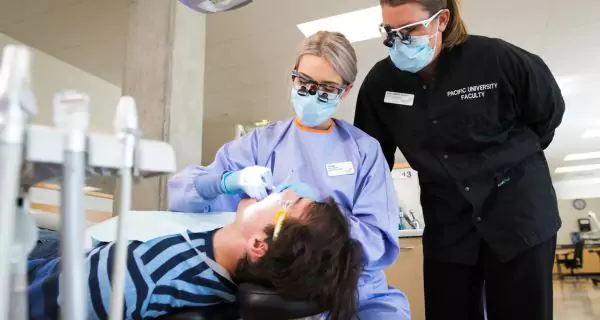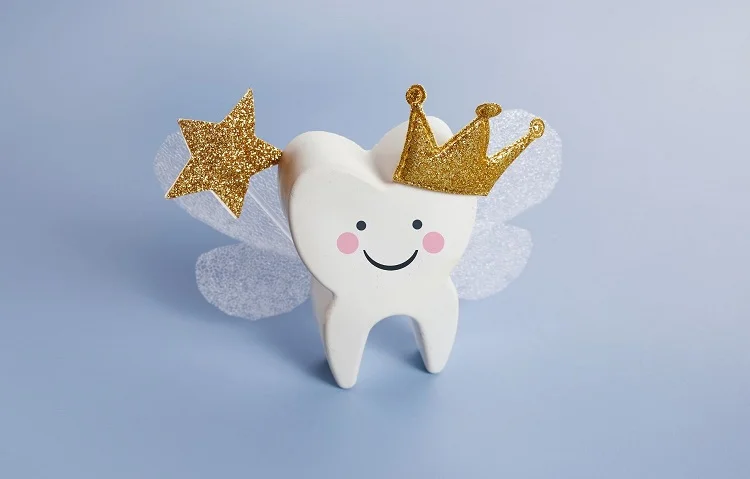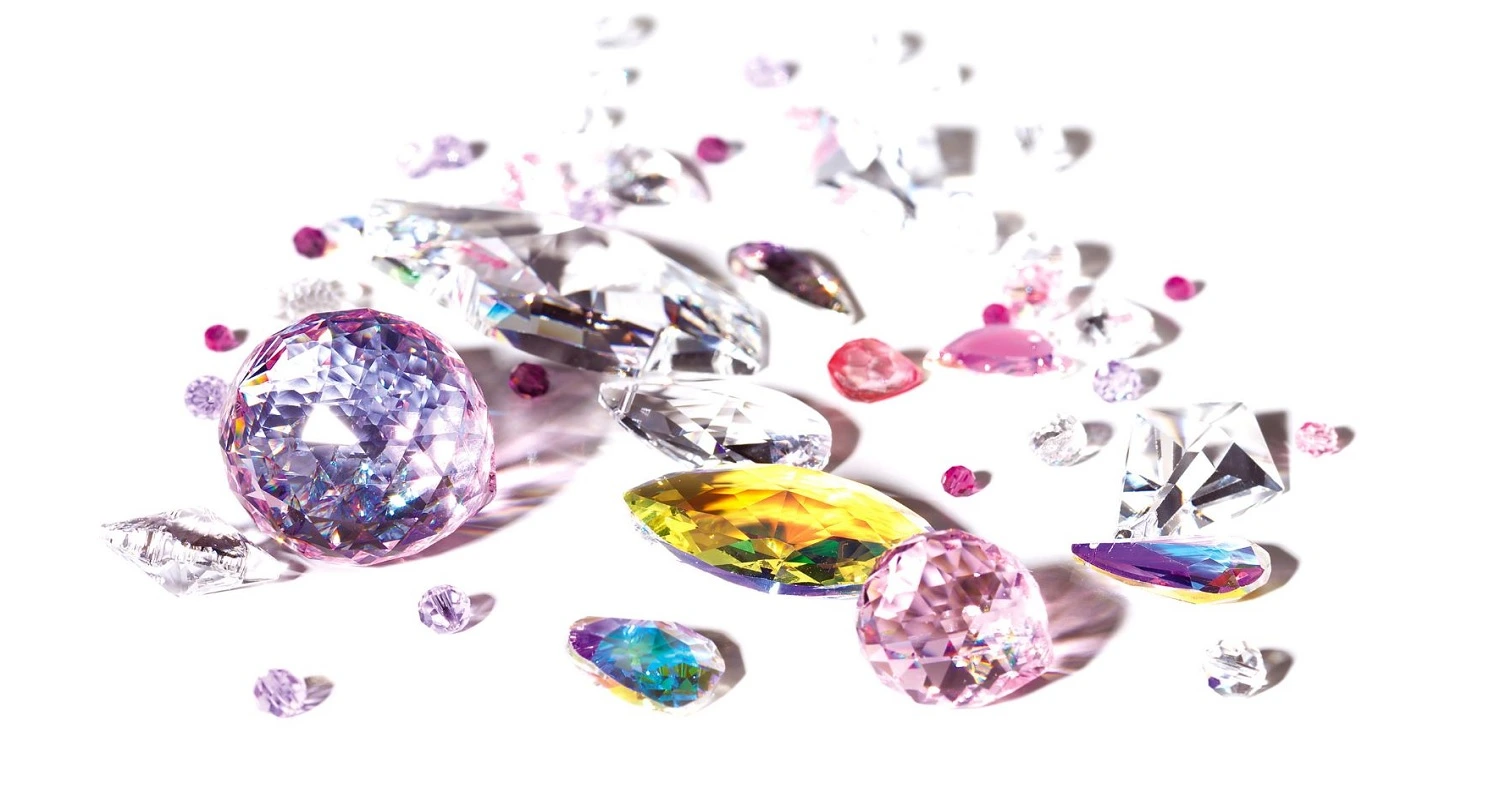Last Updated on: 19th September 2025, 12:49 pm
The use of dental gems and piercing in different parts of the body is not a recent trend. It’s a form of expression that has been practiced for various purposes since ancient times, such as in ancient Egypt where they were used for different purposes. The mouth was not exempt from this historical trend, and in many scenarios of ancient cultures, piercings and gems were used as a symbol of power.
In Mayan and Aztec temples, priests wore a tongue piercing as a sign of communication with the gods. It was also a tradition in Sioux culture in North America.
In recent years, the use of dental piercings and gems has become a significant aspect of modern dentistry. The world has understood this cultural expression as a means of communication to express oneself in different situations and as a way to establish their own identity and personal brand.
But what is a dental piercing? What are its effects on oral health, and are there any risks? Here are some answers.
What are Dental Gems and Piercing?
It’s a body modification that adds jewels carefully attached to the surface of a tooth. Typically, the tooth gems are applied to the front and distant pieces of the gums.
Often, lateral incisors and canines are the most popular choices, as they are more visible when smiling. A dental piercing can last up to six weeks and, if semi-permanent, can be left on as long as necessary with proper care.
Dental gems are available in different sizes and shapes. The most popular ones are:
• Diamonds
• Sapphires
• Rubies
• Crystals
To place the dental rings, it is necessary to pierce the tooth and pass the ring through the hole. This can cause irreversible damage to the tooth.
Are dental gems safe?
One of the risks associated with these tooth jewels is that the piece may not have been properly fixed to the tooth and could become loose, posing a risk of being swallowed or aspirated.
Other related situations include allergic reactions to the materials used, tooth fractures, loss of the dental piece, and dental sensitivity.
What Happens During the Procedure?
The placement of a piercing or tooth gems is a simple and non-invasive procedure. It is recommended to have it done in a dental office. If it is done in a piercing salon, it is necessary to verify the hygiene and aseptic measures.
At the beginning of the procedure, the dentist or specialist cleans the tooth. Then, an adhesive agent and resin material are applied to the area where the jewel is to be placed.
With the help of some instruments, the gem or piercing is then fixed onto the resin material. The material is hardened using a curing lamp, taking an average of 60 seconds to ensure that the piercing is attached to the tooth surface.
How do Dental Gems and Piercings Affect Dental Health?
A study conducted by the Rey Juan Carlos University in Madrid (2015) showed that 72% of people who have oral piercings (tongue, lips, teeth) experience problems after the procedure. Inflammation, difficulty speaking or chewing, alterations in taste, excessive salivation, and oral infections are some of the situations mentioned in the research.
When using these decorative additions, there is a permanent risk: the repeated click of the jewel against the tooth can cause damage to the dental structure, resulting in fractures or chipping. Other situations that may arise include:
1. Accumulation of bacterial plaque and food debris
2. Dental caries due to poor brushing
3. Damage to adjacent and opposing teeth
4. Dental enamel wear
5. Oral infection
6. Inflammation of the gums in the tooth with the piercing
7. Lip injuries due to friction with the gem or piercing
8. Bad breath
9. Dental misalignment
10. Bone loss due to constant contact of the jewel with the gums
In addition, the preparation and conditioning of the tooth surface for the procedure usually results in a permanent change to the tooth surface. It is important to note that these decorative additions can be an obstacle to taking X-rays. In the case of piercing for the placement of a ring, this can cause nerve damage.
Aside from physical harm, dental piercings can also be harmful to a patient’s general health. The mouth is a warm and humid environment, making it an ideal place for bacterial growth.
They can facilitate the overgrowth of bacteria, which increases the risk of oral infections that can spread to other parts of the body, causing other health problems.
Other Recommendations
• Before adding tooth gems and beauty to your smile by wearing dental jewels, it is important to have a healthy mouth free of tartar, cavities, gingivitis, and other oral diseases to avoid complications in oral health and the possible fracture or loss of a dental piece.
• It is very important to have good oral hygiene habits and to have regular check-ups with a dentist. To ensure that the jewel is not affecting the teeth or gums and is in good condition, it is important to have periodic check-ups.
• Avoid clicking the jewel or piercing against the tooth, as this can cause tooth fractures or loosen the gem. This requires gentle movements when speaking or chewing.
Conclusion
Remember that dental gems and piercing procedures should be performed by a qualified professional in conditions of asepsis and safety that guarantee your overall health. Ideally, a dentist should perform the procedure.
Do not compromise your overall health by entrusting it to someone who is not certain about the expertise and suitability to perform such procedures with good results.
Frequently Asked Questions
How long do tooth gems last?
Tooth gems are generally semi-permanent and can last from six months to one year, according to Brian Kantor, a cosmetic dentist in New York City. Proper aftercare and the quality of dental materials used to bond the gem to the tooth are crucial for maximizing the lifespan of your new dental jewelry.
Do dentists approve of tooth gems?
Tooth gems, which are glass crystals attached to the teeth, are generally not recommended by dental professionals. They can potentially cause damage to the teeth and are not advised as a form of dental decoration.
Is a tooth gem considered a piercing?
A tooth gem, sometimes referred to as a tooth piercing, is a jewel, stone, or piece of jewelry bonded to one or more teeth. These gems are usually very small and are placed on the front teeth. Despite being called tooth piercings, most tooth gems are not piercings at all.
Is a tooth gem a piercing?
A tooth gem, often called a tooth piercing, is a small jewel, stone, or piece of jewelry bonded to one or more teeth. These gems are typically placed on the front teeth. Despite the term “tooth piercing,” most tooth gems are not actual piercings.
Share:
References
1. Buffa Vanessa Evangelina (Enero 24 de 2022). ¿Qué es el piercing dental y cómo es el procedimiento? / https://mejorconsalud.as.com/piercing-dental-procedimiento/
2. De Urbiola Alis, Viñals Iglesias H. (Octubre de 2005) Algunas consideraciones acerca de los piercings orales – Revista Avances en Odontoestomatología Vol 21 No. 5 / https://scielo.isciii.es/scielo.php?script=sci_arttext&pid=S0213-12852005000500005
3. Colegio de Odontólogos de Entre Ríos (s. f.) Los piercings orales y sus repercusiones en la salud bucodental.
4. Escudero Castaño N, Bascones Martínez A (Febrero de 2007) Posibles alteraciones locales y sistémicas de los piercings orales y periorales. – Revista Avances en Odontoestomatología Vol 23 No. 1 / https://scielo.isciii.es/scielo.php?script=sci_arttext&pid=S0213-12852007000100003
5. Marks Julie (Marzo 6 de 2020) What Exactly Is a Tooth Piercing? / https://www.healthline.com/health/tooth-piercing
6. Mouth Heathy (s. f.) Oral piercings / https://www.mouthhealthy.org/all-topics-a-z/oral-piercings/
7. Sonal Bhatia, Vikram Arora, Nidhi Gupta, Preety Gupta, Mohit Bansai (Marzo 1 de 2016) Joyería dental: su conocimiento y práctica entre los dentistas en Tricity, India / https://www.ncbi.nlm.nih.gov/pmc/articles/PMC4843382/
-
Nayibe Cubillos M. [Author]
Pharmaceutical Chemestry |Pharmaceutical Process Management | Pharmaceutical Care | Pharmaceutical Services Audit | Pharmaceutical Services Process Consulting | Content Project Manager | SEO Knowledge | Content Writer | Leadership | Scrum Master
View all posts
A healthcare writer with a solid background in pharmaceutical chemistry and a thorough understanding of Colombian regulatory processes and comprehensive sector management, she has significant experience coordinating and leading multidisciplina...



















